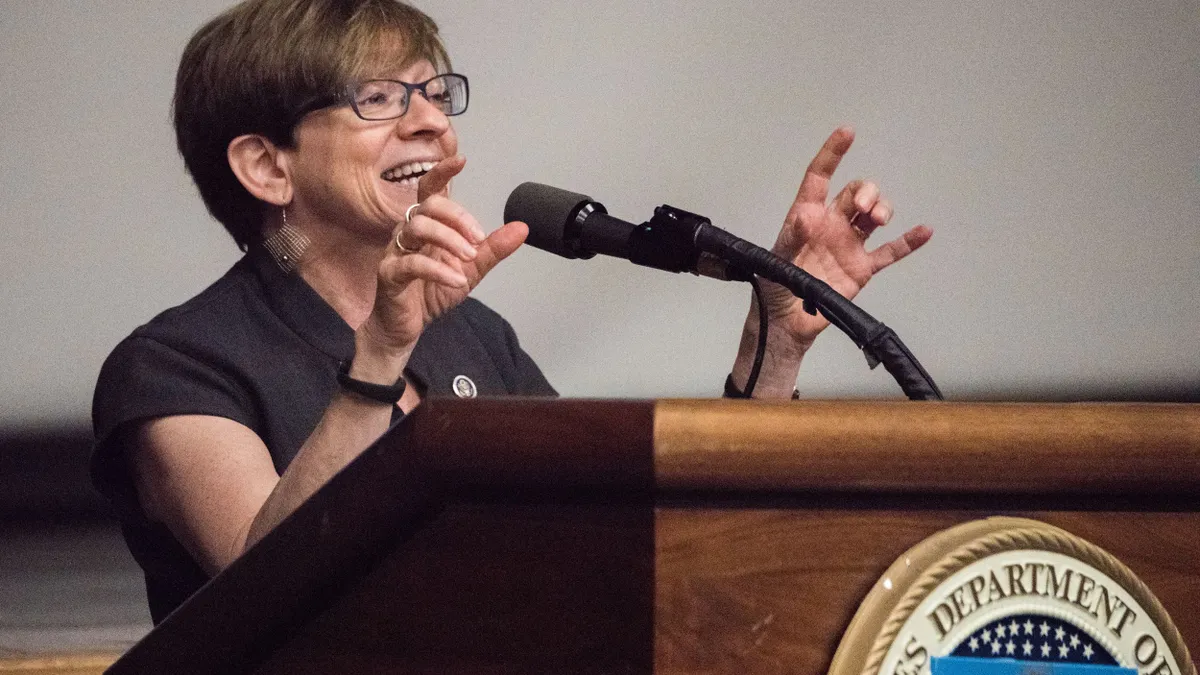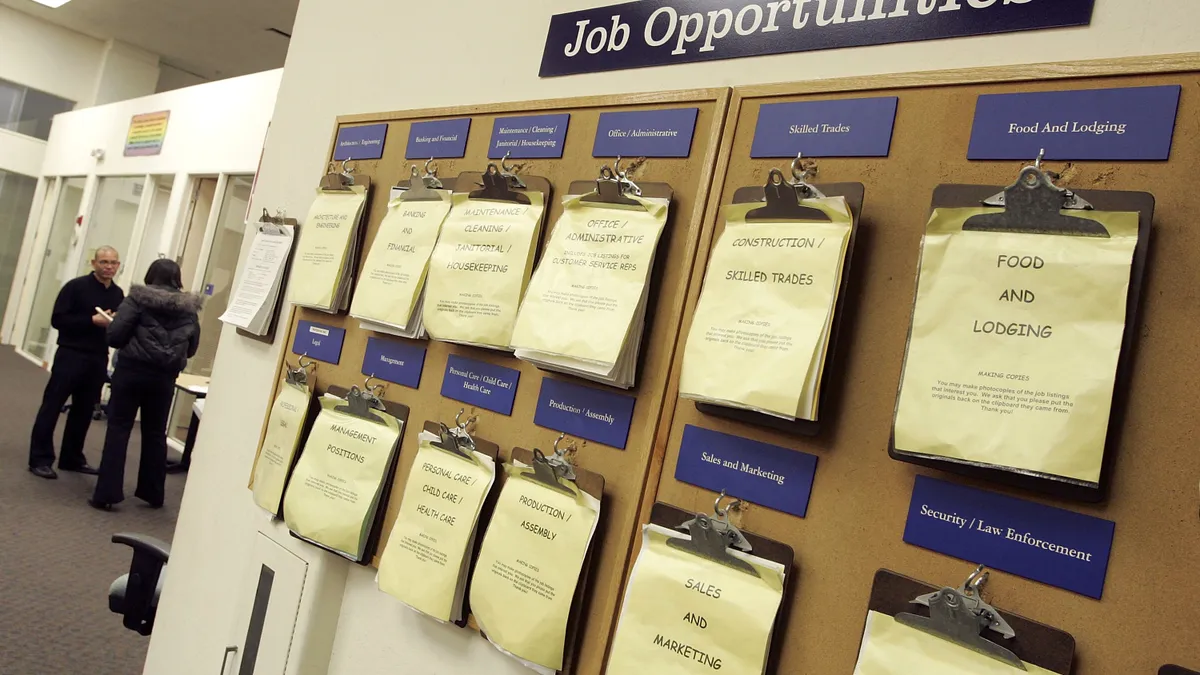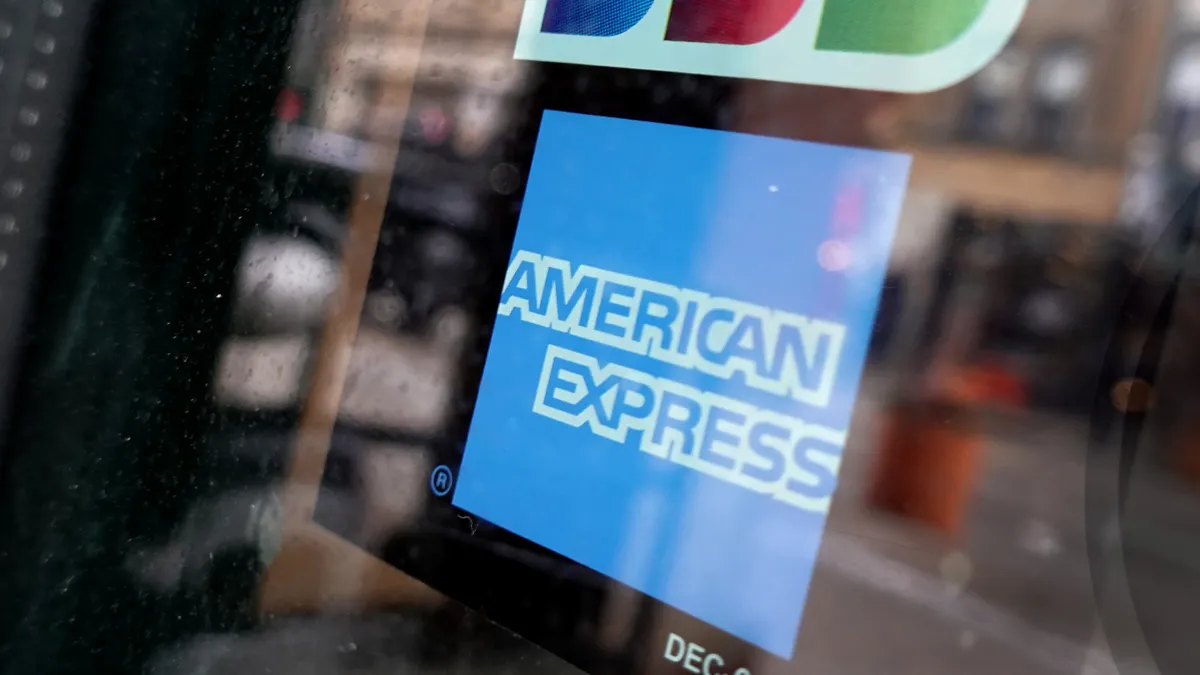William Cooper is senior financial wellness advisor and DE&I advisor for Sentinel Benefits & Financial Group. Views are the author’s own.
Chief Diversity Officers (CDOs) are becoming increasingly more common as companies commit to DEI initiatives. Research by Russell Reynolds Associates found that the number of S&P 500 companies with a CDO has increased from 47% in 2018 to 52% as of February 2021, spiking shortly after the death of George Floyd.
Despite the increasing quantity of CDOs, this data shows a shockingly slow growth rate. This is due to a high CDO turnover rate attributed to preventable factors such as a lack of resources, a lack of accessibility to company executives and a lack of companywide mobilization toward DEI best practices. Successful implementation of DEI practices, in other words, is still unattainable for many organizations, because their CDOs are unequipped to perform their roles.
As a recently appointed CDO at Sentinel Benefits, here are four strategies for companies and their CDOs to implement that are designed to ensure a long tenure for the CDO as well as successful implementation of DEI initiatives.
1. Understand your employees and their limitations, then be creative in getting around them
DEI is a new idea for many people, so it can be difficult for new policies to catch on among those who have been working at the company for years. Meeting people where they’re at can alleviate the distressing feeling of change happening too fast and stop the resistance that arises from that anxiety.
Nevertheless, it can be frustrating when, even given time, people seem unwilling to cooperate with DEI initiatives. Vincent Brown’s book on intrinsic inclusion helps explain why some people are more open to accepting DEI initiatives than others: certain people have a natural inclination toward those who are different from them, while others — most people — naturally gravitate towards those similar to them because they are easier to relate to. This creates a heterogeneous atmosphere antithetical to DEI initiatives.
Creating methods to bring people together despite their natural tendencies is an essential precondition to creating change.
2. Be objective in assessing your organization and its progress
Before you change anything, you must know your starting point. Surveying your organization yields valuable insights on where employees currently stand and how to move forward so that underrepresented groups feel they have room to grow with the organization.
The best way to attain the true perspectives of employees is to utilize a third-party surveyor. This encourages employees to be vulnerable and honest in their responses. A survey conducted by the company compromises honesty as employees fear being judged for their responses.
Additionally, CDOs themselves should also be capable of objectivity. For example, when an initiative doesn’t hit the mark, the CDO should be able to acknowledge its shortcomings and work towards improving the idea rather than insisting the idea is perfect as-is. Acknowledging failure allows shifts towards progress to occur.
3. Keep learning
Since DEI is an ever-changing field, staying abreast of new developments is essential to fulfilling the role of CDO and being able to provide effective initiatives for employees. As officers of diversity, continued learning about the needs of various communities and groups is part of the job description for CDOs.
Investing in the future generation is a necessary component of staying abreast of new DEI developments. The next generation will soon be entering the workforce with their own needs and lived experiences, and it’s important to ensure that they feel supported from the beginning. For example, Sentinel has a reciprocal relationship with Michigan State and Wayne State Universities for prospective interns, and also engages in a mentoring match program in which Sentinel executives mentor college students. Both parties benefit from these interactions: the college students are exposed to prospective career paths at a visibly inclusive company, and Sentinel can prepare for the needs and demands of the younger generation before they are knocking at the door.
On a larger scale, investing in the next generation as a company fosters intergenerational integration, cooperation and understanding, and creates a work environment that is naturally inclusive of a variety of ages. In fact, the mentorship program at Wayne State University is available to all employees to promote a broader experience.
4. DEI is for everyone, not just minority groups or lower-level employees
Leadership must be involved for a variety of reasons. Employees look to their leaders for guidance. If CEOs are not committed to changing their behavior or attitude, employees won’t feel it necessary to adjust theirs either.
Additionally, when leaders are distant from DEI initiatives or do not prioritize them, the CDO is often deprived of essential resources to effectively do their job, such as access to the company’s legal resources or demographic data. Executives who are distant from the DEI initiatives that they installed are merely performing, not truly committing to, inclusivity. Without commitment from all members of an organization, change will never happen, which is why it’s so important to attain a visible commitment from both the top down and the bottom up, not just the latter.
Instituting effective DEI initiatives is a slow process, but a rewarding one. At Sentinel, we were lucky to have higher than average commitment right off the bat — of our 250 employees, 14 were interested in being part of our new DEI Council, compared to the average council size of five to eight. However, just like every other company, our work with DEI is just getting started. Though CDOs face considerable obstacles in their positions, pursuing inclusion is a challenge worth accepting.




















